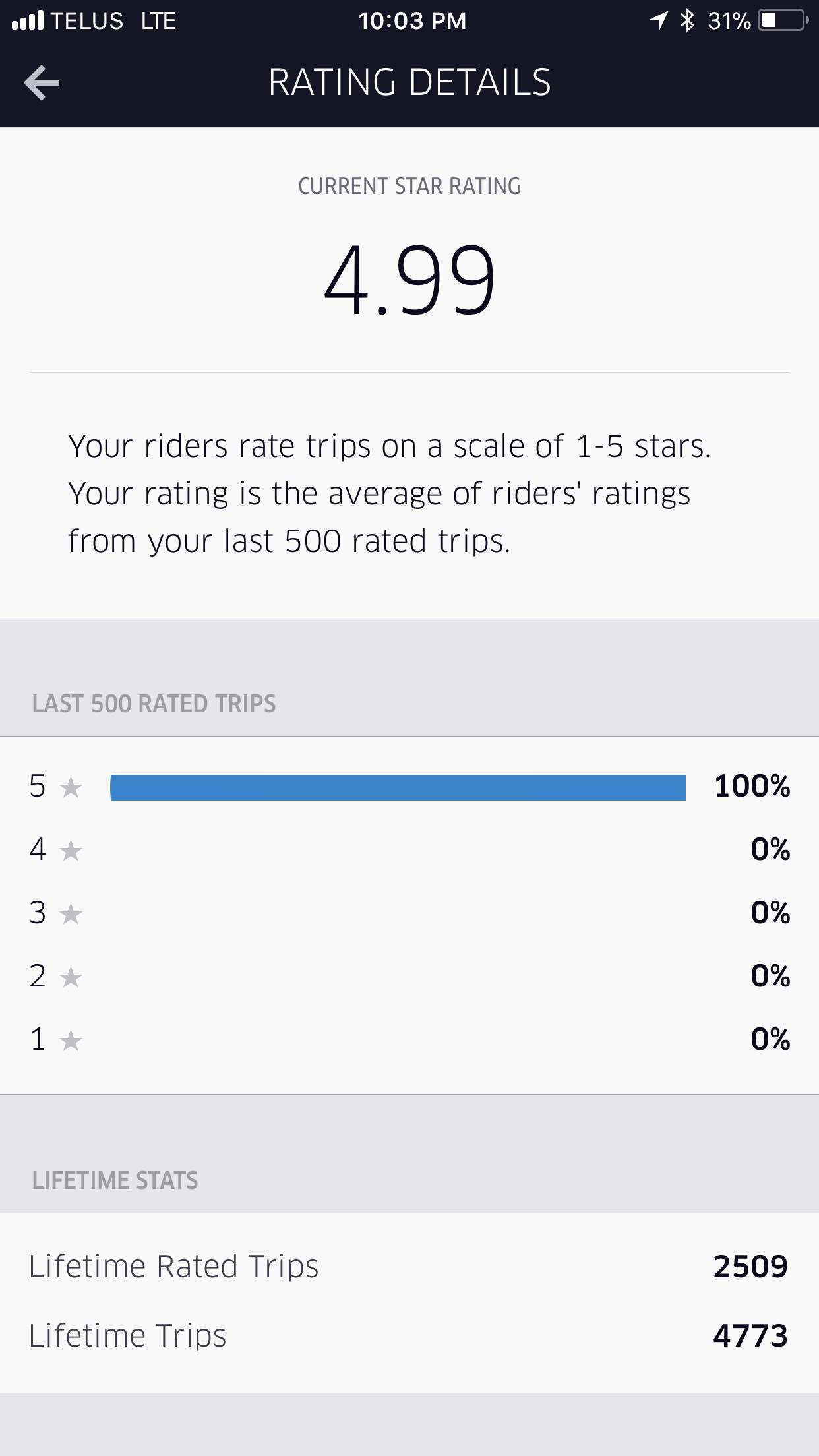I gave a brand new speech at SXSW yesterday.
So, I was nervous about it. I lost sleep over it. I spent weeks writing the speech out, editing it over and over again, making up slides, editing them over and over again, and then I practiced out loud in front of my wife and my parents and a few friends and even the guy sitting next to me on the airplane to Austin until I had the whole thing memorized.
I was stomach-churningly nervous for the speech even though I give over fifty speeches a year.
What helped?
Well, there is a model for giving speeches that helped me yesterday, that's helped me before, that always helps me, which I want to share today.
I think about this model all the time and it applies whether you’re giving a toast at a wedding, standing up in the boardroom, or delivering a big keynote address at the annual trade show.
We always know we need to get our act together.
The hard part is how.
So here are the 3 E’s to giving a great speech:
1. ENTERTAIN
This is the base of the pyramid. Starting point. Table stakes. Want to know how entertained your audience will be by the time you get up to talk? In short, very. For starters, we all touch our phones over 2000 times a day and spend over 5 hours a day on them -- scrolling Instagram, watching SNL clips, reading fantasy football trash-talk, listening to podcasts. This is now your competition. So how do you beat it?
Well, you have one major advantage over the massive addiction that is the cell phone, and it is that you’re here. You’re live. You’re in the flesh. No one’s doing stand-up in the other corner. It’s all you. You get a deeper personal connection from the beginning. Nobody needs WiFi or has to tap a link to watch you. You get 30 seconds of free attention. (That’s a lot more than the average YouTube video gets.)
So what do you need to do with that momentary leg up on your listeners’ attention? Reward it immediately. Show the audience the bonus they get by listening. Raise interest as you get onstage, create a laugh, and most importantly, be the most into your speech of anyone there. The audience can only rise to your level of excitement—nobody else’s—so no apologizing and no self-deprecating. Banned phrases include: “Now I don’t really know why I’m doing this!”, “I wrote this ten minutes ago so here goes…”, or “Well, how am I gonna follow that?!”
A good test is this: If your speech entertains one other person you’re close to (especially a friend or significant other) during a dry run, it will entertain a whole room.
Start with the toughest critic first.
(Normally I’ll try and open with a funny line but at SXSW yesterday I had this video made by my friends at Adjacent Possibilities to entertain before I walked onstage. Cheating? No. I say entertain any way you can.)
2. EDUCATE
Humans are learning animals. We’re always growing our minds, abilities, and knowledge. Of course we are -- education makes us better at our jobs, better with our money, and better at relationships, so we tend to seek it out. But even when we aren’t actively learning, our brains are absorbing new information. Podcasts share how a chocolate company is changing the world or which books shaped David Sedaris. Even SNL clips give us perspectives on the news. In fact, why are you reading this article? I’m guessing it’s because you’re hoping to learn something. So ask yourself:
What is your speech teaching?
Make sure you can write out the answer to that question in fewer than 140 characters. If the essence of your message is too complicated to tweet, it’s too complicated period:
“I’m teaching our hundred closest friends which formative moments shaped my daughter’s beautiful personality” (wedding toast)
“I’m teaching my employees why they should feel proud about last year’s results and excited about next year’s goals” (all-hands meeting)
“I’m giving people new techniques to apply at work to improve their well-being” (a TEDx–style talk).
3. EMPOWER
This one is the biggest trick of a good speech, the hardest to pull off, and admittedly the most ambiguous-sounding as a result. But “empowering” your listeners really all comes down to making them feel like these were all their thoughts. Theirs! Not yours.
Yes, you’re on stage.
But they have to feel like they own the message if they’re going to take it with them—and, ultimately, change their minds or behavior. Sure, people may ask for opinions, do research online, and read books to brush up on things. We all do that. But we only really do what we want to do.
So, the bottom line is: It can’t be your message, shared. It has to be their message, heard.
Your role is to lead listeners through a series of thoughts that build on each other as they progress, where they keep nodding and thinking to themselves, “Yes … yes … yes… ”
There are at least three reliable tools you can use to generate empowerment in your talk:
i) Pause and interact.
Can you use a flip chart where you write something down together with the audience? Can you leave pauses for the audience to jump in with their own answers? Can you do a short interactive exercise or experiment using the content you just shared? Their minds have to chew, not just swallow. Michael Bungay Stanier, author of a great book called The Coaching Habit, sometimes has listeners trade questions with the person sitting next to them.
ii) Find a lesson that’s doable, not just interesting.
We don’t want to hear how you climbed Kilimanjaro if we think we never will. When I talk about happiness I share major positive-psychology studies that show how you can improve your mindset in 20 minutes or less. Then I say, “You just have to do one, not all of them!” I’m trying to make the laundry list feel achievable. Is it harder to do this at a wedding? Maybe. But you know someone is nailing it at the wedding reception when you hear a story and think, “I want to start doing that.”
iii) Keep it conversational.
It has to feel like a coffee-shop chat with your best friend, not like a charmer onstage tossing takeaways into the audience like candy at a parade. So? Memorize first. Paraphrase later. Don’t be too rigid. You listen to your friends, right? So that works better than a guru on a stage who may entertain and educate, but still falls short of empowering you to make changes in your life.
So that’s it. The 3 E’s to giving a great speech. The little meat grinder to run your speech through in order to make sure it passes the test. And how will you know if you nailed it? Count how many pieces of unsolicited feedback you get more than a month later. That’s real impact. Real change. You’re not asking what they “got” from your talk, you’re seeing what they remember.
Giving a great speech that entertains, educates, and empowers is a tall task.
Are you up for it?
You’re all the way down at the bottom so I’m guessing yes.
Congrats on making the commitment.
Now get out there and inspire others to commit to something, too.
I also did a video version of this article on Youtube:
An earlier version of this article appeared in Fast Company



